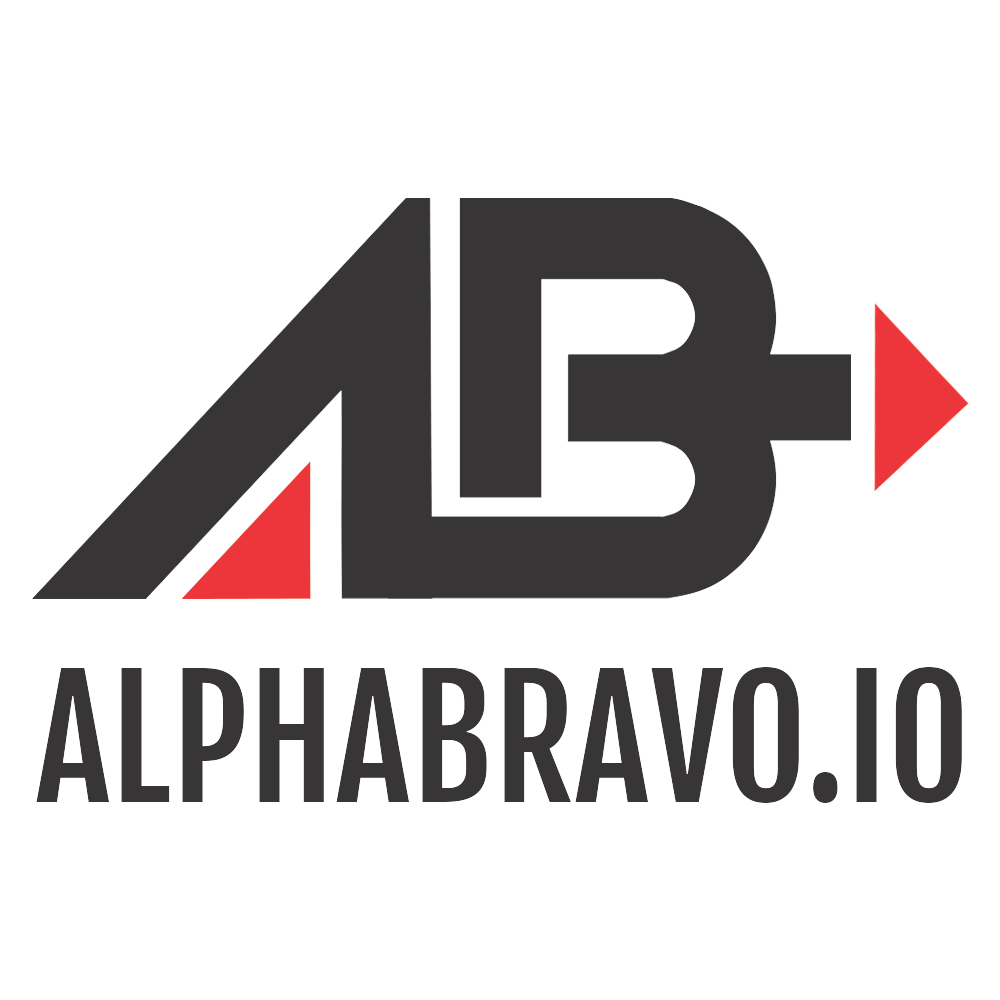Part 9 - Kubernetes CLI Mastery: Essential kubectl Commands

Picture this: It's 3 AM, your production cluster is misbehaving, alerts are firing, and your phone won't stop buzzing. You stumble to your laptop, bleary-eyed, and realize that the difference between being a Kubernetes hero and spending the rest of the night in firefighting mode comes down to one thing—your mastery of kubectl. Think of kubectl as your digital Swiss Army knife, except instead of opening cans and cutting fishing line, it's managing pods, scaling deployments, and quite possibly saving your sanity.
The Command-Line Gateway to Kubernetes Mastery
Kubectl serves as the primary command-line interface for interacting with Kubernetes clusters, functioning as a client for the Kubernetes API. While Kubernetes offers various interfaces including dashboards and programmatic APIs, kubectl remains the most versatile and powerful tool for cluster management. Every Kubernetes operation you can imagine—from creating a simple pod to orchestrating complex deployments—flows through this single, elegant command-line utility.
The beauty of kubectl lies in its consistency and power. Unlike juggling multiple tools for different cloud providers or orchestration platforms, kubectl provides a unified interface that works identically whether you're managing a local minikube cluster or a massive production environment across multiple cloud regions. This universality makes kubectl an essential skill for any DevOps engineer, platform administrator, or developer working with containerized applications.
Understanding kubectl's role requires recognizing that it's fundamentally an HTTP client making RESTful API calls to your Kubernetes cluster's control plane. When you execute a kubectl command, you're not directly manipulating containers or nodes—instead, you're sending instructions to the Kubernetes API server, which then orchestrates the necessary changes across your cluster. This abstraction layer provides both power and safety, allowing you to declare desired states rather than micromanaging individual system components.
Mastering the Fundamentals: Syntax and Configuration
The kubectl command follows a predictable and logical syntax pattern that, once mastered, becomes second nature. Every kubectl command adheres to the structure: kubectl , where command specifies the operation (like get, create, or delete), TYPE indicates the resource (pods, deployments, services), NAME identifies specific resources, and flags provide additional options.
Before wielding kubectl effectively, you need proper configuration. Kubectl looks for a configuration file named config in the $HOME/.kube directory by default. This kubeconfig file contains authentication credentials, cluster endpoints, and context information that kubectl uses to connect to your clusters. You can manage multiple clusters and switch between them seamlessly using context commands, making kubectl incredibly flexible for multi-environment workflows.
Setting up command completion transforms your kubectl experience from tedious typing to efficient workflow management. For bash users, adding source -- /bin/bash creates an interactive shell inside a container, allowing you to inspect file systems, check configurations, and run diagnostic commands directly within the application environment. This capability proves invaluable when standard logging doesn't reveal sufficient information about application problems.
Port forwarding through kubectl port-forward creates secure tunnels between your local machine and cluster resources. This functionality enables local access to cluster services without exposing them publicly, perfect for debugging database connections, accessing internal APIs, or testing application functionality. Port forwarding commands like kubectl port-forward service/my-service 8080:80 map local ports to service endpoints, providing secure and convenient access to cluster resources.
Advanced debugging scenarios benefit from the kubectl debug command, which creates ephemeral containers or copies of existing pods with modified configurations. This powerful feature enables adding debugging tools to running pods without disrupting the original containers, or creating modified copies with different images or security contexts. Debug capabilities represent modern Kubernetes' evolution toward more sophisticated troubleshooting workflows.
Advanced Productivity Techniques: JSONPath, Filtering, and Automation
JSONPath queries unlock kubectl's data extraction capabilities, enabling precise information retrieval from complex Kubernetes resources. Using JSONPath expressions like kubectl get pods -o jsonpath='{.items.metadata.name}' extracts specific fields from API responses, perfect for scripting and automation. These queries become particularly powerful when combined with external tools like jq for complex data transformations and analysis.
Field selectors and label selectors provide powerful filtering mechanisms for managing large clusters. Commands like kubectl get pods --field-selector=status.phase=Running filter resources based on specific field values, while --selector flags enable label-based filtering. These filtering capabilities become essential in production environments where clusters contain hundreds or thousands of resources, allowing precise targeting of specific subsets.
The kubectl auth can-i command provides crucial insight into permission structures, helping debug RBAC issues and understand security boundaries. Running queries like kubectl auth can-i create pods or kubectl auth can-i list secrets --as=system:serviceaccount:default:my-sa reveals what actions are permitted for specific users or service accounts. This capability proves invaluable for troubleshooting permission-related deployment failures and understanding cluster security posture.
Resource monitoring through kubectl top provides real-time insights into resource consumption patterns. Commands like kubectl top pods and kubectl top nodes reveal CPU and memory usage across your cluster, essential for capacity planning and performance optimization. This information helps identify resource bottlenecks, optimize resource requests and limits, and understand application performance characteristics under different load conditions.
Context Management and Multi-Cluster Operations
Managing multiple Kubernetes clusters requires mastering context switching and configuration management. The kubectl config get-contexts command lists all configured clusters and their associated authentication information. Context switching through kubectl config use-context enables seamless movement between development, staging, and production environments without reconfiguring credentials or endpoints.
Context management becomes particularly important in complex environments where engineers work across multiple cloud providers, regions, or organizational boundaries. Proper context naming conventions and organization prevent accidental operations against wrong clusters—a mistake that can have catastrophic consequences in production environments. Many teams implement context naming standards that clearly indicate environment, region, and purpose to minimize confusion.
The --all-namespaces flag, conveniently abbreviated as -A, extends most kubectl commands across namespace boundaries. This capability proves essential for cluster-wide operations, troubleshooting cross-namespace issues, and gaining comprehensive cluster visibility. However, using this flag requires caution in production environments where different namespaces may contain sensitive or unrelated workloads.
Resource Specification and Custom Output Formats
Understanding resource specifications through kubectl explain commands provides immediate access to Kubernetes API documentation without leaving your terminal. Running kubectl explain pod.spec.containers reveals detailed information about container specifications, including available fields, data types, and usage examples. This built-in documentation proves invaluable when writing manifests or troubleshooting configuration issues.
Custom column output formats enable tailored information display for specific use cases. Creating custom column templates allows extracting and formatting exactly the information needed for particular workflows or reporting requirements. For example, a template displaying pod names alongside their restart counts provides quick insight into application stability patterns across your cluster.
The ability to output resources in YAML or JSON formats enables powerful integration with external tools and automation systems. Exporting existing resource configurations through kubectl get deployment my-app -o yaml provides templates for similar deployments or backup configurations. This export capability supports disaster recovery planning and configuration versioning workflows.
Kustomize Integration and Declarative Management
Modern kubectl includes built-in Kustomize support, enabling sophisticated configuration management without external dependencies. The kubectl apply -k command processes Kustomize configurations directly, supporting complex deployment scenarios with environment-specific customizations. This integration represents kubectl's evolution toward more powerful declarative management capabilities.
Kustomize functionality within kubectl supports configuration composition, enabling teams to maintain base configurations with environment-specific overlays. This approach reduces configuration duplication while maintaining clear separation between different deployment targets. Understanding Kustomize integration becomes increasingly important as teams adopt GitOps practices and seek more sophisticated configuration management approaches.
Performance Optimization and Best Practices
Kubectl performance optimization becomes crucial when managing large clusters or executing frequent operations. Using specific resource names instead of listing all resources reduces API server load and command execution time. Similarly, targeting specific namespaces through the -n flag prevents unnecessary data retrieval from other cluster areas.
Batch operations through file-based commands prove more efficient than individual resource manipulation. Using kubectl apply -f directory/ processes multiple manifests simultaneously, reducing both execution time and API server overhead compared to individual file applications. This approach also supports atomic operations where multiple related resources deploy together.
Caching mechanisms within kubectl reduce repeated API calls for static information like resource schemas and cluster capabilities. Understanding when kubectl caches information versus making fresh API calls helps optimize workflows and troubleshoot unexpected behaviors. The --cache-dir flag allows customizing cache locations for specific workflow requirements.
Plugin Ecosystem and Extensibility
The kubectl plugin ecosystem, managed through tools like Krew, extends kubectl's capabilities far beyond built-in functionality. Plugins provide specialized tools for specific use cases, from enhanced resource visualization to automated troubleshooting workflows. Popular plugins address common pain points like resource tree visualization, configuration validation, and multi-cluster management.
Installing and managing plugins through Krew follows standard package manager patterns, making kubectl extensibility accessible to teams with varying technical backgrounds. The plugin architecture enables community-driven innovation while maintaining kubectl's core simplicity and consistency. Understanding plugin capabilities helps identify opportunities to streamline repetitive tasks and enhance productivity.
Plugin development opportunities allow teams to create custom tools addressing organization-specific requirements. Whether building internal debugging utilities or configuration validation tools, the kubectl plugin architecture provides a standardized approach to extending cluster management capabilities. This extensibility ensures kubectl remains adaptable to evolving operational requirements.
Wrapping Up Your kubectl Journey
As our late-night debugging scenario draws to a close, you realize that mastering kubectl isn't just about memorizing commands—it's about building intuition for how Kubernetes operates and developing the muscle memory to navigate complex situations efficiently. The difference between fumbling through documentation at 3 AM and confidently diagnosing issues lies in the hundreds of small interactions that build kubectl fluency over time.
Your kubectl journey resembles learning a musical instrument more than memorizing a reference manual. Each command becomes a note, and fluency emerges through practicing scales of basic operations until complex compositions flow naturally. The commands covered here represent your fundamental scales—practice them regularly, combine them creatively, and soon you'll be conducting Kubernetes orchestras with confidence rather than desperately trying to find the right note in the dark.
Remember that kubectl mastery isn't a destination but an ongoing journey of discovery. Kubernetes continues evolving, new features appear regularly, and your operational requirements will grow more sophisticated over time. The foundation you build now with essential commands creates the platform for whatever Kubernetes challenges await—whether they arrive at 3 AM or during your morning coffee.

